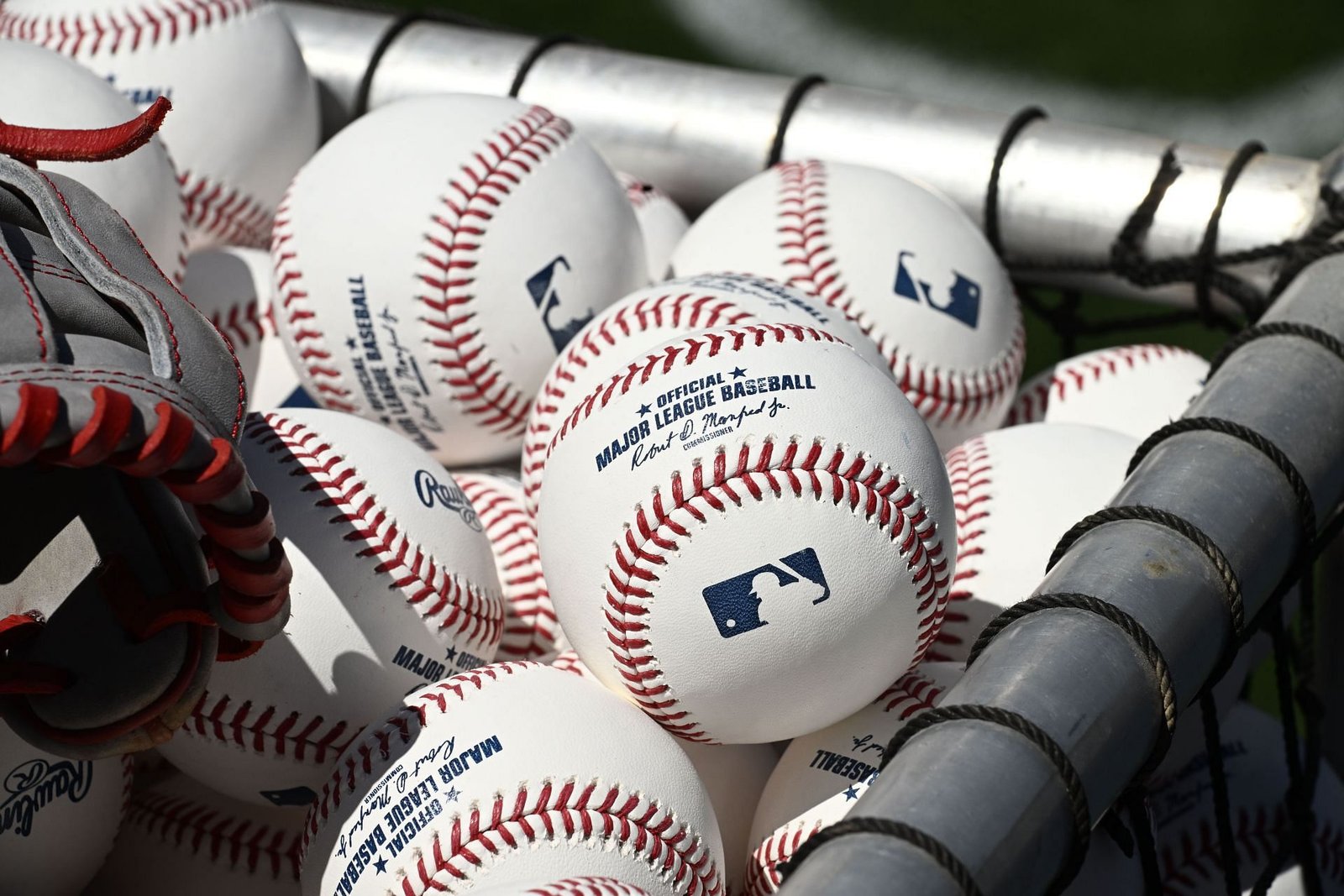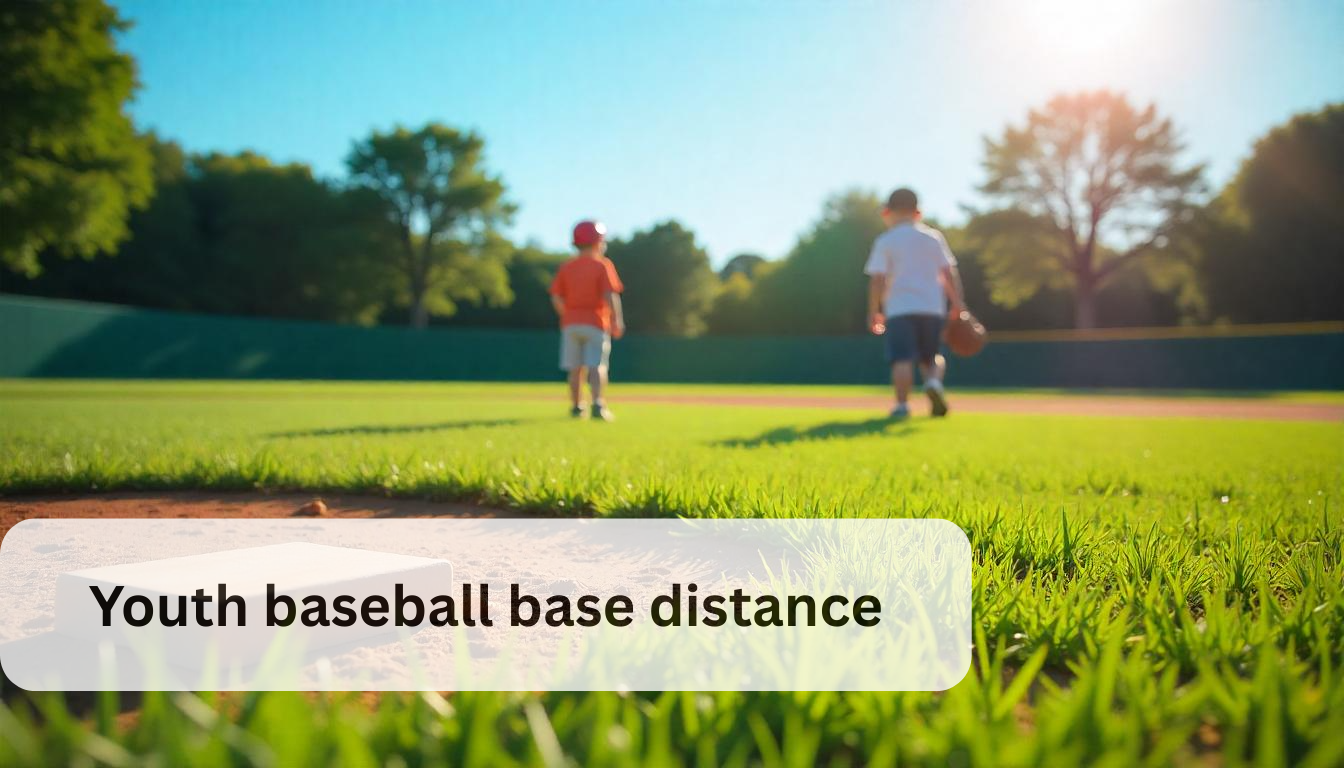A baseball has exactly 108 stitches, or seams. These seams are crucial for the game, influencing how the ball moves and how pitchers grip it.
Baseball is a sport filled with fascinating details. One often overlooked aspect is the number of seams on the ball. Each of these 108 stitches plays a role in the ball’s performance. From the way it spins to the way it curves, the seams are essential.
Understanding this can deepen your appreciation for the game. So, let’s explore why these 108 seams matter and how they impact every pitch and play. Discover the hidden beauty of baseball, one seam at a time.
Introduction To Baseball Seams
Baseball is a game known for its rich history and traditions. One key part of a baseball is its seams. These seams are not just for looks. They play a vital role in the game’s mechanics. Knowing about baseball seams can deepen your appreciation for the sport.
History Of Baseball Design
The design of baseballs has changed over time. In the early days, baseballs were handmade. Each ball looked and felt different. Over time, the need for standardization grew. This led to the creation of the modern baseball.
The modern baseball features 108 double stitches. These stitches are made using waxed red thread. The design ensures consistency in each ball’s performance.
Importance Of Seams
Seams are crucial for several reasons. First, they affect the pitcher’s grip. A good grip helps the pitcher control the ball’s speed and direction. This can make the difference between a strike and a ball.
Seams also impact the ball’s flight. When a pitcher throws a curveball or slider, the seams interact with the air. This interaction causes the ball to move in different ways. Without seams, such pitches would be impossible.
In batting, seams help hitters see the ball better. The red stitches against the white background provide contrast. This makes it easier to track the ball as it approaches the plate.
Construction Of A Baseball
Understanding the construction of a baseball can deepen your appreciation for the game. Each component is vital to its performance and longevity. Let’s explore the materials and the manufacturing process.
Materials Used
The core of a baseball, also called the “pill,” is made of cork and rubber. This core is layered with yarn made from wool and polyester. The outer cover is crafted from high-quality leather.
Manufacturing Process
The process starts with the core. The cork and rubber pill is wound with yarn. This winding is very tight to maintain the ball’s shape and durability.
Next, the leather cover is prepared. Two figure-8 shaped pieces are cut. These pieces are then stitched together using waxed red cotton thread. There are exactly 108 stitches on a baseball.
The stitching process is precise. Each stitch must be even. This ensures the baseball’s smooth surface. Once stitched, the ball is rolled and pressed. This step removes any wrinkles and perfects the shape.
| Component | Material |
|---|---|
| Core | Cork and rubber |
| Yarn | Wool and polyester |
| Cover | Leather |
| Stitches | Waxed red cotton thread |
Each step in the manufacturing process is crucial. The materials and the precision of construction ensure that a baseball performs well during a game. Now you know more about how a baseball is made and the importance of each seam.
Counting The Seams
A baseball has a unique pattern of seams. These seams are not just for looks. They affect how the ball moves in the air. If you look closely, you will see a specific number of seams on every baseball. Knowing the seam count can be interesting and useful. Let’s explore this in detail.
Standard Seam Count
The standard baseball has 108 double stitches. This means there are 216 stitches in total. Each stitch is made by hand. The stitches are done with red thread. This is why you see those red lines on the ball. The stitches are done in a particular pattern. This pattern helps the ball fly properly.
| Stitch Type | Number of Stitches |
|---|---|
| Double Stitches | 108 |
| Total Stitches | 216 |
Variations And Anomalies
Sometimes, you might find a baseball with a different seam count. This is rare but can happen. There are a few reasons for this. It could be a factory error. Or it might be a custom-made ball. Some balls used for training might have fewer seams. This helps players practice in different conditions.
- Factory errors can change seam count.
- Custom-made balls might have different seams.
- Training balls sometimes have fewer seams.
These variations are not common in professional games. A standard baseball will always have 108 double stitches. If you see a ball with a different count, it is likely for a special purpose.

Credit: www.ncaa.com
Role Of Seams In Gameplay
The seams on a baseball play a crucial role in gameplay. They influence how the ball moves and how players interact with it. Understanding the role of seams can improve your appreciation of the game.
Pitching Mechanics
Pitchers rely heavily on the seams of a baseball. The seams help them grip the ball better. They can control the ball’s spin and speed using the seams. Different grips on the seams create different pitches. For instance, a curveball’s movement depends on how the seams are gripped. The seams also affect the ball’s trajectory and break. This makes pitching more dynamic and strategic.
Fielding And Catching
Fielders and catchers also benefit from the baseball’s seams. The seams provide better control when throwing. This ensures more accurate throws to teammates. Catchers use the seams to receive pitches more cleanly. The seams also help reduce the ball’s speed on impact. This makes catching easier and safer. Fielders can also use the seams to throw faster and more accurately. The seams play a significant role in both defense and offense.
Seams And Ball Control
The seams on a baseball play a crucial role in ball control. They influence how players grip the ball, as well as how it spins and moves. Understanding the impact of seams can greatly improve a player’s performance. Below, we explore the significance of seams in grip and spin, and their effect on the ball’s trajectory.
Grip And Spin
Seams provide a textured surface for pitchers to grip. This helps in controlling the ball. A proper grip can enhance the spin rate. More spin can lead to better pitches. Different pitches require different grips. For example, a fastball grip differs from a curveball grip. The seams give pitchers the ability to manipulate the ball effectively.
Effect On Trajectory
The seams also impact the ball’s flight path. As the ball spins, the seams interact with the air. This causes the ball to move in various ways. The spin can make the ball rise, dip, or curve. Pitchers use this to their advantage. They can make the ball harder to hit. Understanding seam positioning can help in predicting the ball’s trajectory. Batters need to anticipate these movements. This makes baseball an exciting and strategic game.
Seams In Different Leagues
The number of seams on a baseball can vary depending on the league. Different leagues around the world use different baseball designs. These variations can affect how players grip and throw the ball. Below, we will explore the seams in Major League Baseball and international variations.
Major League Baseball
In Major League Baseball (MLB), the ball has 108 stitches. The seams are raised, making it easier for pitchers to grip. This allows for better control and spin. MLB balls are hand-stitched, ensuring quality and consistency.
International Variations
Baseballs in other countries may have different seam counts. For example, Japanese baseballs used in Nippon Professional Baseball (NPB) have 108 stitches, like MLB balls. However, the seams might be tighter. This can affect the ball’s movement.
In contrast, some leagues in Latin America use balls with slightly different stitching patterns. These differences can influence pitching techniques and game strategies. Understanding these variations is crucial for players who compete internationally.
Technological Advances
The evolution of baseball manufacturing has seen technological advances. These advancements have transformed the way baseballs are made. Modern techniques ensure consistency in every baseball produced. The seams, a crucial part, benefit greatly from these innovations.
Modern Manufacturing Techniques
Modern technology has refined baseball manufacturing. Machines precisely stitch the seams. This ensures every baseball has the same quality. The stitching process is automated. This reduces human error. The result is a more consistent product.
Materials used have also improved. Synthetic materials often replace traditional ones. These materials are durable. They withstand the rigors of the game. The consistency of materials ensures each baseball performs similarly.
Impact On Performance
Technological advances impact the performance of baseballs. Consistent seams affect how the ball moves. Players notice the difference. Pitchers can predict the ball’s movement better. This leads to more accurate pitches.
Hitters benefit too. They can anticipate the ball’s behavior. This leads to better hits. The game becomes more exciting for players and fans. Technological advances in baseball manufacturing enhance the overall experience.

Credit: baseballaero.com
Fascinating Seam Facts
Baseball is a game filled with interesting details, and the seams on a baseball are no exception. Each baseball has a specific number of seams, and these seams play a crucial role in the game. Let’s dive into some fascinating seam facts that will intrigue any baseball fan.
Trivia And Records
Did you know that a standard baseball has 108 double stitches? That’s 216 individual stitches! The stitches are made with waxed red cotton thread, which helps players grip the ball better.
Here are some interesting trivia and records about baseball seams:
- The number of seams on a baseball can affect its aerodynamics.
- Pitchers use seams to create different pitches.
- In 1969, a baseball with 216 individual seams was used in the longest game ever played.
Famous Baseballs
Some baseballs are famous not just for the games they were used in but also for their unique seam characteristics. For example:
| Baseball | Significance |
|---|---|
| 1919 World Series Ball | Known for its role in the Black Sox Scandal. |
| 1961 Roger Maris Home Run Ball | Marked his record-breaking 61st home run. |
| 2004 Red Sox World Series Ball | Signified the end of the “Curse of the Bambino”. |
Each of these baseballs has a story to tell. The seams on these baseballs have witnessed some of the most historic moments in the sport.

Credit: tht.fangraphs.com
Frequently Asked Questions
How Many Seams Does A Baseball Have?
A baseball has 108 double stitches, which equates to 216 individual stitches. These stitches are made with red cotton thread.
Why Do Baseballs Have Seams?
Seams on a baseball help pitchers grip the ball better. They also influence the ball’s aerodynamics, affecting its speed and movement.
What Are Baseball Seams Made Of?
The seams on a baseball are made of red cotton thread. This material is durable and provides good grip for players.
How Are Baseball Seams Stitched?
Baseball seams are hand-stitched using red cotton thread. This process ensures durability and consistency in each baseball.
Conclusion
Understanding the number of seams on a baseball is essential. It adds to your appreciation of the game. Each baseball has 108 double stitches or 216 individual stitches. Knowing this detail can enhance your baseball experience. Next time you watch a game, remember these seams.
They hold the ball together and affect its flight. Small details like these enrich your love for baseball. Keep exploring the fascinating world of sports!





